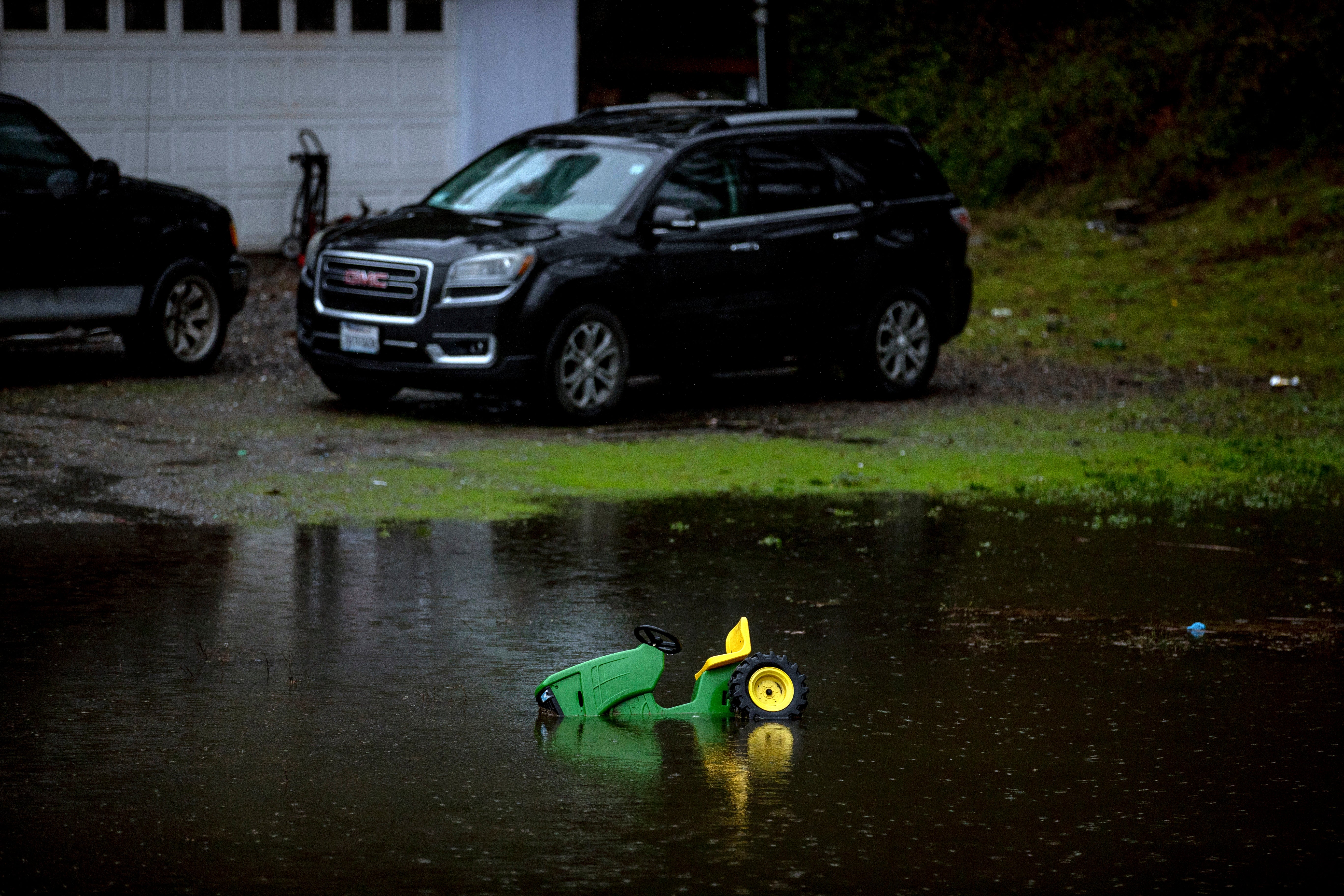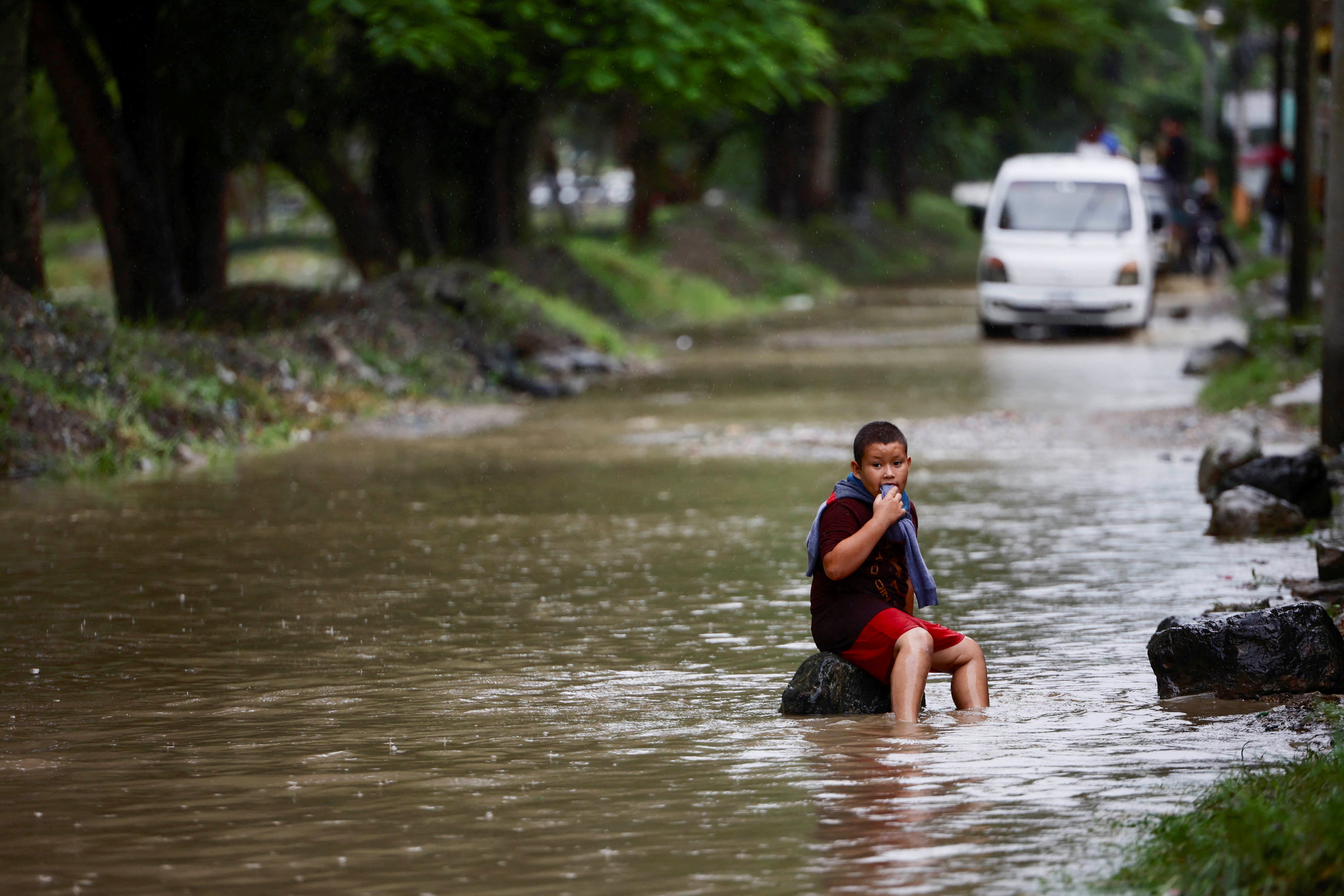Close to 400,000 children in US cities face risk of major coastal flooding in next five years
A new report has found that most American children vulnerable to these events live in New York and Louisiana
Your support helps us to tell the story
From reproductive rights to climate change to Big Tech, The Independent is on the ground when the story is developing. Whether it's investigating the financials of Elon Musk's pro-Trump PAC or producing our latest documentary, 'The A Word', which shines a light on the American women fighting for reproductive rights, we know how important it is to parse out the facts from the messaging.
At such a critical moment in US history, we need reporters on the ground. Your donation allows us to keep sending journalists to speak to both sides of the story.
The Independent is trusted by Americans across the entire political spectrum. And unlike many other quality news outlets, we choose not to lock Americans out of our reporting and analysis with paywalls. We believe quality journalism should be available to everyone, paid for by those who can afford it.
Your support makes all the difference.Some 400,000 American children live in areas that will be vulnerable to major coastal flooding by the year 2030, according to a new analysis.
Children are among the most vulnerable to the physical and mental health risks associated with flooding, and can experience stress and anxiety after a weather-related disaster, the nonprofit Climate Central warned in a report this week.
The group’s analysis found that more than a quarter of those in areas of risk are under the age of five.
The majority of these children live in New York and Louisiana. The Empire State, home to New York City, has more than 78,000 children under 5 facing the risk of floocing, and the Gulf Coast state of Louisiana has more than 72,000. New Jersey was third on the list.
Climate Central said around 1.9 million people in the contiguous US currently live in areas at risk from a major coastal flood, assuming Earth’s pollution remains high.

Down the Atlantic coast, Florida was found to have the most people – a total of more than 360,000 residents – living in risky areas.
To reach these conclusions, Climate Central used 2022 data from the US Census Bureau and building data from Microsoft’s 2018 US Building Footprints Database. The group also incorporated lidar-derived elevation data provided by NOAA and the Army Corps of Engineer’s National Levee Database to calculate which people are at risk and determine whether each home was below the projected water level and hydrologically connected to the ocean.
Climate Central also included projections from an Intergovernmental Panel on Climate Change model and a peer-reviewed coastal flood model to determine the projected height of a 100-year flood in 2030, 2050 and 2100. However, the projected flood heights do not take into account the increasing intensity of storms driven by climate change.
A major flood is defined as a flood that has a 1 percent chance of occurring each year, and is sometimes called a 100-year flood.
This year has seen stunning flooding around the globe, with recent events in California and Florida leaving residents stranded and bringing the risk of flesh-eating bacteria. Flooding from an atmospheric river storm turned deadly in Sonoma County last week.

In the US, coastal floods now happen three times more than they did just 30 years ago, and Climate Central warns that they will continue to increase. In another three decades, the report said they are expected to happen 10 times more often than they do today, driven by rising sea levels due to human-caused warming.
Looking further ahead, Climate Central said nearly 4.8 million Americans live in areas anticipated to be at risk from a major coastal flood in 2100, and around 20 percent of those are children under the age of 18.
To protect children, the report advised parents and caregivers to prepare for weather-related disasters and limit exposure to flood-damaged buildings after a storm.
“Community investment in climate resilience can reduce flood vulnerability and help protect children and families,” Climate Central said.
Join our commenting forum
Join thought-provoking conversations, follow other Independent readers and see their replies
Comments